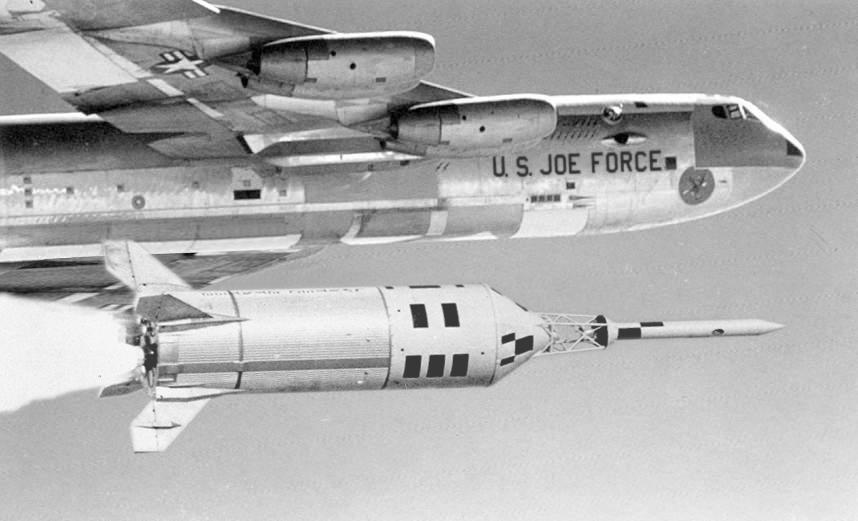JAL3
Well-Known Member
- Joined
- Jan 17, 2009
- Messages
- 14,333
- Reaction score
- 268
I'll start by admitting that I have no great Photoshop skills or even a desire to become a Photoshop artist. I just find it to be a very useful tool for doing a very limited task that I do very often. If it matters, that would be cleaning up scans from old hymnals or prayer books.
My system just updated to the newest version and, apparently, my old setting did not survive. Now I am having a problem using the paintbrush tool. Usually, I am trying to paint plain white pixels. Rarely, I try to match some other color. I cannot seem to find the correct settings for my brush to just paint all the pixels in within the "brush" with the desired color. I almost always have to make 2 passes because a ghost of what is underneath usually shows through after the first pass. It has slowed me down much more than it should have and it is driving me nuts.
Can anyone clue me in as to what setting I am getting wrong?
My system just updated to the newest version and, apparently, my old setting did not survive. Now I am having a problem using the paintbrush tool. Usually, I am trying to paint plain white pixels. Rarely, I try to match some other color. I cannot seem to find the correct settings for my brush to just paint all the pixels in within the "brush" with the desired color. I almost always have to make 2 passes because a ghost of what is underneath usually shows through after the first pass. It has slowed me down much more than it should have and it is driving me nuts.
Can anyone clue me in as to what setting I am getting wrong?











